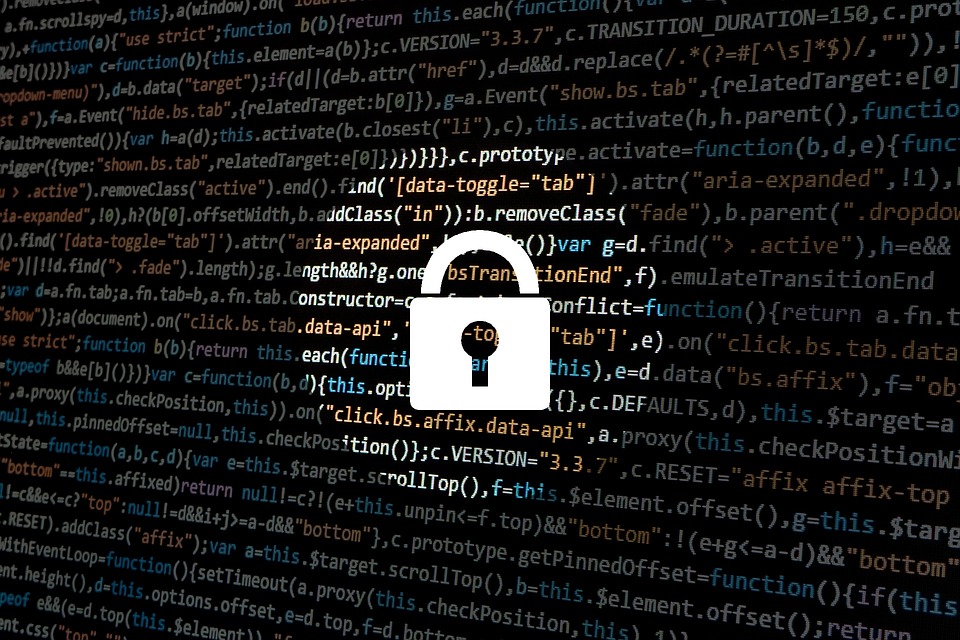6 Tips to Protect Against Identity Theft

Is your personal identity at risk of being stolen? According to the Insurance Information Institute (III), over 16 million Americans had their identity stolen in 2017. With identity theft on the rise, it's important for consumers to take a proactive approach towards protecting their identity. Below are six essential tips to protect against identity theft.
#1) Lock Down Your SSN
For a thief to steal your identity, he or she typically needs your Social Security Number (SSN). Therefore, you should lock down your SSN to lower your risk of identity theft. If a company contacts you asking for your SSN, double-check to ensure the company is legitimate. If you've never seen or heard of the company before, don't give them your SSN.
#2) Check Your Credit Once a Year
Another way to protect against identity theft is to check your credit at least once a year. This won't necessarily prevent a thief from stealing your identity. It will, however, allow you to take quick action to mitigate the damage.
#3) Lock Your Smartphone
Statistics show roughly 15% of all smartphones are unlocked. If your smartphone falls under this category, you should lock it immediately. Whether you use a traditional PIN or biometrics, locking your smartphone will help protect against identity theft. If someone steals your smartphone, they won't be able to easily access and steal your personal information if it's locked.
#4) Shred Receipts and Financial Statements
Don't forget to shred receipts and financial statements, especially if they contain any personal information. While most instances if identity theft involve digital methods of theft, some involve physical methods of theft. If a thief steals your receipts or financial statements, he or she may use them to steal your identity as well.
#5) Monitor Bank and Credit Card Accounts Online
Try to get into the habit of monitoring your bank and credit card accounts online. If you see suspicious activity, such as transactions you didn't make or logins from a foreign Internet Protocol (IP) address, contact the respective bank or credit card company immediately.
#6) Install Anti-Malware Software
Finally, installing anti-malware software on your computer, as well as other devices, can lower your risk of identity theft. There are hundreds if not thousands of malware infections that are designed specifically to steal a victim's data. If your computer is infected with such malware, you may become the victim of identity theft. The good news is that anti-malware software can neutralize these infections so that it doesn't result in identity theft.
Recent Posts
-
Fire Safety in the Workplace: What You Need to Know
What steps are you taking to prevent fires in your workplace? According to the U.S. Occupational Saf …Aug 23rd 2023 -
Is It Safe to Go Jogging With a Cold Infection?
If you're suffering from a cold infection, you might be wondering whether it's safe to go jogging. T …Aug 22nd 2023 -
5 Safety Tips to Follow When Using a Powder-Actuated Tool
Powder-actuated tools are commonly used to join materials to steel and concrete. Also known as Hilti …Aug 20th 2023




